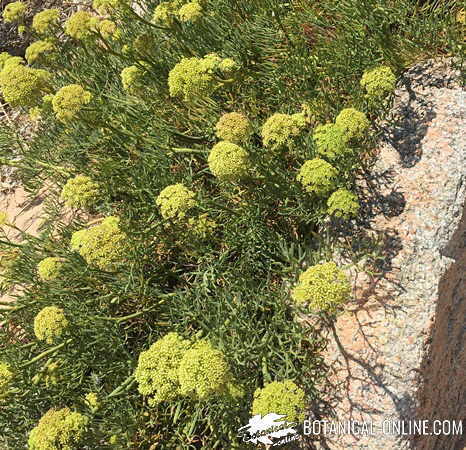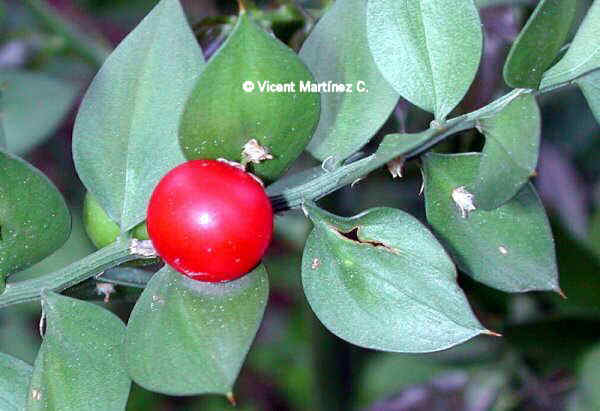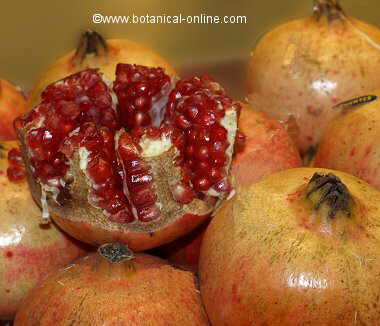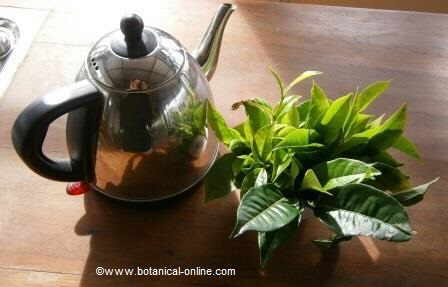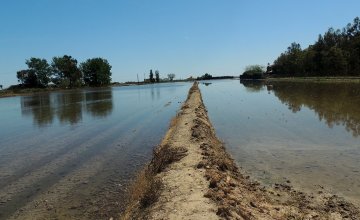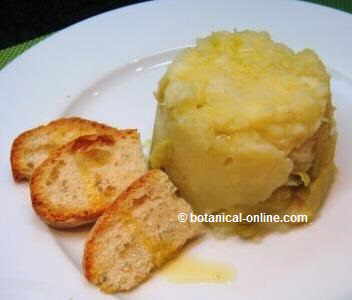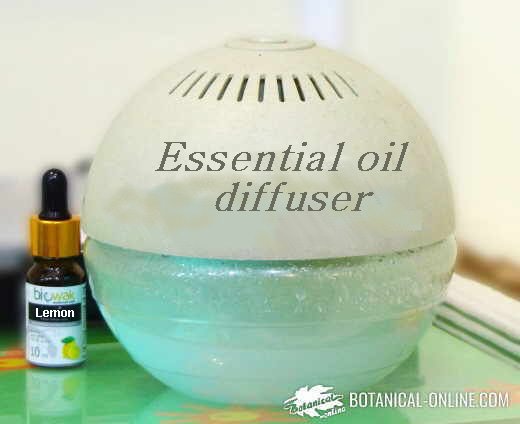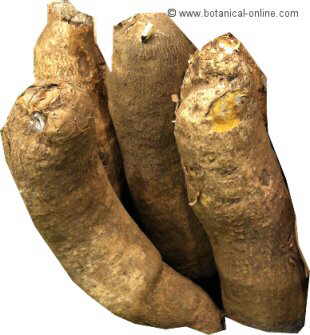Contents
What is a borage plant?
Characteristics of borage (Borago officinalis)
Common noun: Borage, Common borage, Cool-tankard, Tailwort
Scientific noun: Borago officinalis L.
Family. Borage family – Boraginaceae
Habitat: In places containing organic waste.
Borage description
Annual hispid plant of the Borage family – boraginaceae- up to 60 cm.
Erect stems covered with stiff hairs.
Lower leaves petiolated, ovate, in basal rosette; upper leaves sessile.
Flowers grouped in pendulous cymes, with a blue corolla, till 2,5 cm wide; stamens forming a cuneate group, purple.
Picking-up and storing Borage
Leaves must be collected when they begin to grow, at the end of winter or beginning of spring. Flowers during all summer. All of them must be dried in the shade and kept in a dry, clean place in a cloth bag.
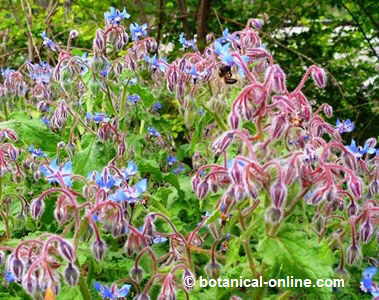
Components of Borage:
- Acids: acetic, lactic (plant) ascorbic, nicotinic (leaves)
- Sugars: arabinose, galactose (Plant)
- Vitamins: (beta-carotene), C (ascorbic- acid), Choline (leaves)
- Minerals: Calcium, iron, magnesium and phosphorus (leaves) cobalt (plant)
- Fiber (plant)
- Mucilage (plant)
- Tannins (plant)
- Alkaloids (plant)
![]() More information on borages
More information on borages

